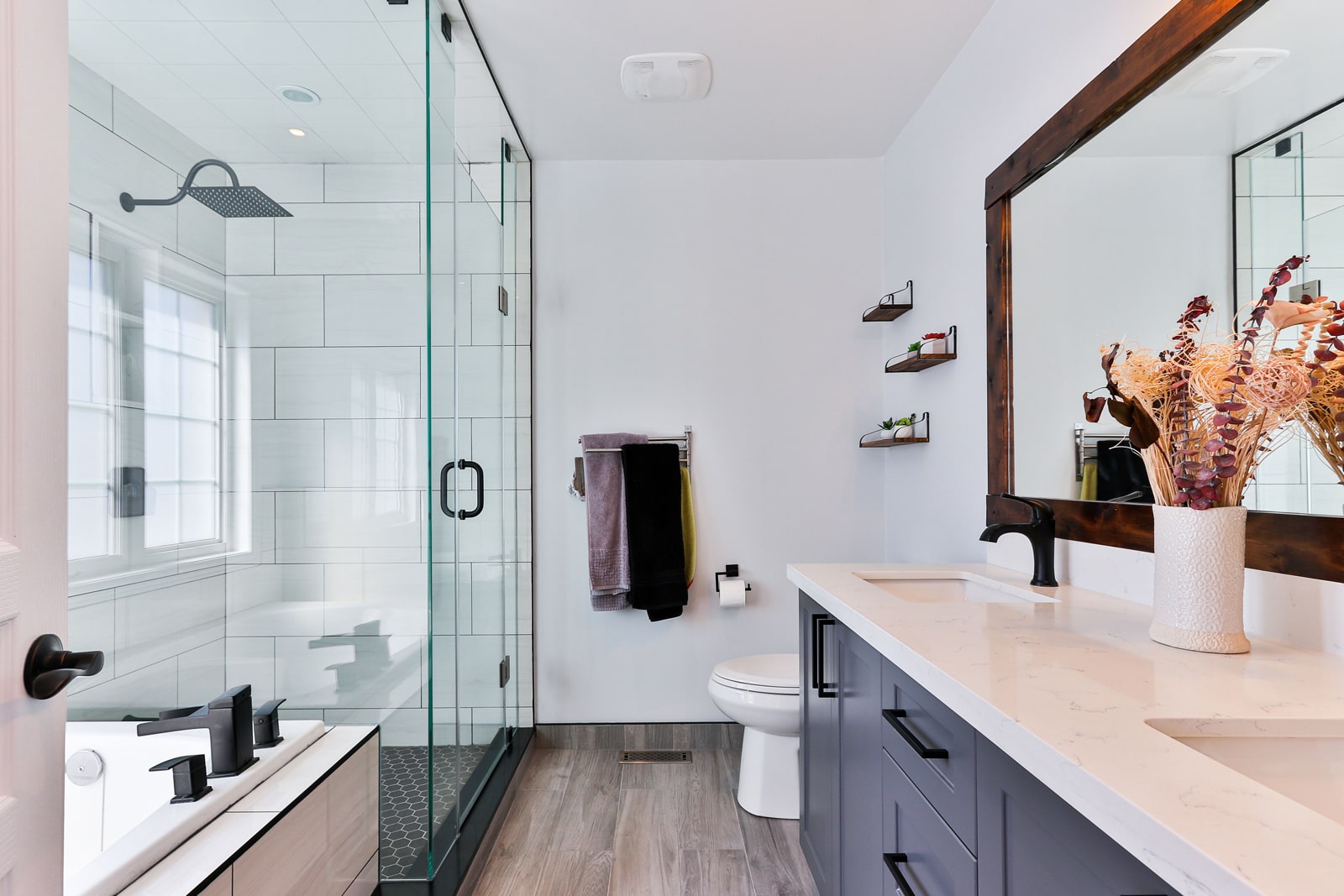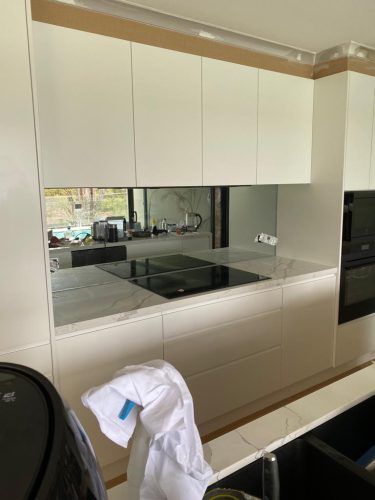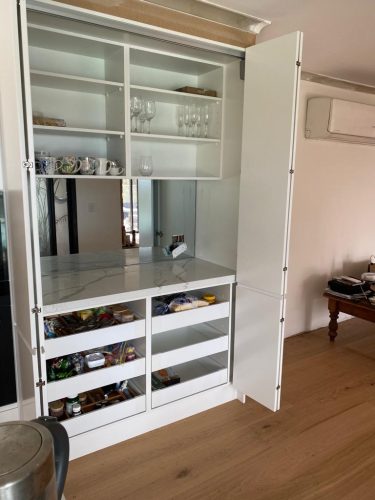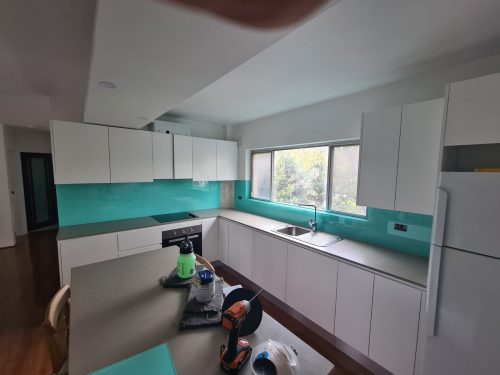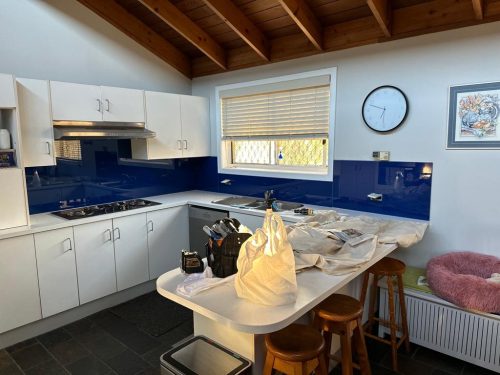
Splashbacks
A splashback is a protective surface, often installed in kitchens and bathrooms, designed to protect walls from splashes, spills, and stains. Its primary function is to prevent water, grease, food, or other substances from damaging the wall behind sinks, stoves, and countertops. Splashbacks also serve an aesthetic purpose by adding a decorative element to the space.
Here are some key points about splashbacks:
-
Materials: Splashbacks can be made from various materials, each with its own set of advantages. Common materials include tiles, glass, stainless steel, acrylic, and even natural stone. The choice of material depends on factors such as the desired aesthetic, ease of cleaning, and durability.
-
Installation: Splashbacks are typically installed on the wall above the countertop or cooking surface. The installation process varies depending on the material chosen. For example, tile splashbacks are often installed by adhering individual tiles to the wall, while glass splashbacks may be installed as large, single panels.
-
Design and Aesthetics: Splashbacks contribute significantly to the overall design of the kitchen or bathroom. They come in a wide range of colors, patterns, and finishes, allowing homeowners to choose a style that complements their interior design.
-
Easy Maintenance: One of the main advantages of splashbacks is their easy maintenance. Because they are designed to protect walls from spills and splashes, they can be easily wiped clean with a damp cloth or mild cleaning solution.
-
Functionality: In addition to protecting walls, splashbacks can also enhance the functionality of the kitchen or bathroom. For example, in the kitchen, a splashback behind the stove can make it easier to clean up cooking splatters.
-
Customization: Homeowners often have the option to customize splashbacks according to their preferences. This can include choosing specific colors, patterns, or even creating a unique design.
-
Height: The height to which a splashback extends on the wall can vary. Some extend only a short distance above the countertop, while others may cover the entire wall between the countertop and upper cabinets.
When selecting a splashback, it's important to consider both practical and aesthetic factors to ensure that it meets your functional needs and complements the overall design of the space.
With Cheapest Shower Screen, communication between all of us is far more efficient. A game changer.
